
This article was originally published by Bethany Hayes on www.morningchores.com
Dealing with fungal infections can be difficult. Conventional medications can have negative side effects, and some fungi resist different treatments after being exposed to them too often. That’s where herbal remedies for fungal infections come in.
The following natural remedies have all shown promise in treating fungal infections without harsh chemicals or expensive medications.
From skin fungal infections to yeast infections, here are some of the herbs and remedies you should have on hand.
11 Herbal Remedies for Fungal Infections
Fungal infections aren’t typically as dangerous as bacterial infections, which gives us the opportunity to use herbal remedies to take care of the problem.
You wouldn’t want to use tea tree oil if you had a staph infection, but it can do wonders for a fungal infection.
As a bonus, fungi typically won’t build up resistance against these treatments, so they’re more likely to work in the long term. You also have the benefit of switching back and forth between treatments to avoid resistance.
Find out our Forefather’s Time-Tested Natural Cures and Household Remedies
1. Tea Tree Oil
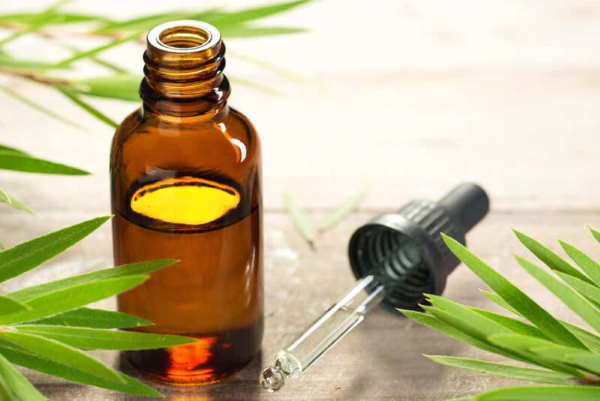
The most common herbal remedy is tea tree oil, which is naturally anti-fungal and antiseptic. It can be used to treat various fungal infections, but don’t use it to treat a vaginal yeast infection.
When using tea tree oil as a remedy, mix several drops with a carrier oil; coconut oil is a popular choice and has anti-fungal properties, as well.
Then, apply this mixture to the fungal infection. Never apply the essential oil directly onto the problem spot without a carrier oil; it could lead to severe irritation.
2. Turmeric
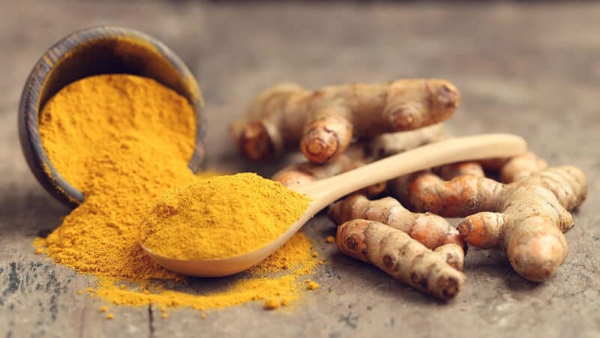
Turmeric has been revered as a potent herbal for thousands of years. The Indian culture has known for centuries that turmeric has strong anti-inflammatory, anti-fungal, and anti-microbial properties.
Now, many more people are finally embracing all of its multiple applications
Turmeric has an active compound called curcumin that is effective against the Candida species and a range of other fungi. That means it can be effective against skin yeast infections.
It’s best to mix turmeric with a carrier oil, such as coconut oil, first. Be aware that it might give your skin a yellow stain, but it will go away.
Another way to use turmeric is to mix it with a small amount of water and create a paste. Then, apply the paste to your skin and leave it there until it dries. You also could drink turmeric tea daily for the health benefits.
3. Garlic
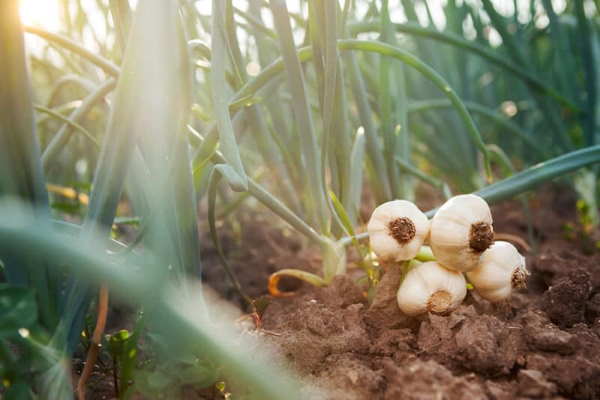
Who doesn’t love garlic? It adds flavor to your culinary dishes and takes care of your fungal infections; that’s the multipurpose remedies we need.
Garlic has been known for its anti-fungal properties for centuries, making it a popular herbal remedy for fungal infections. At the same time, taking garlic can boost your immune system.
Garlic contains an antifungal agent called ajoene, an organosulfur compound known for killing off fungal infections. It’s formed when allicin and alliinase come together. Research shows that ajoene is potent against Candida.
There are a few ways to use garlic to deal with fungi. You can add more garlic to your diet or take garlic pills. Some women claim that putting garlic cloves into their vagina can cure a yeast infection, but OBGYNs don’t recommend that.
4. Aloe Vera
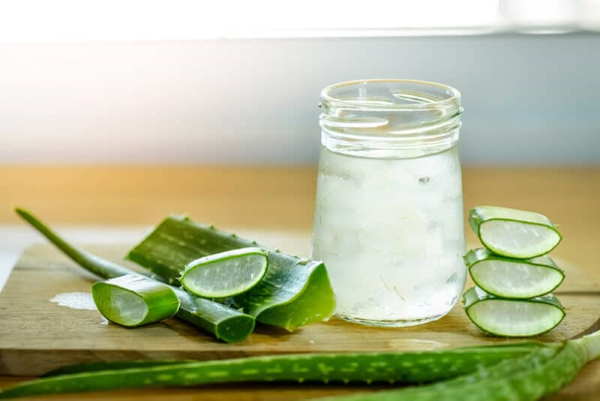
You might think that aloe vera is only useful for sunburns and other skincare problems, but you would be wrong. Aloe vera is rich in antioxidants, anti-bacterial, and anti-fungal properties.
Using aloe vera on the areas of your body with a fungal infection can stop the growth of yeast spores because it has compounds that battle Candida. You also can ingest aloe vera, so it can be used to treat internal fungus such as Candida in your digestive system.
5. Spilanthes
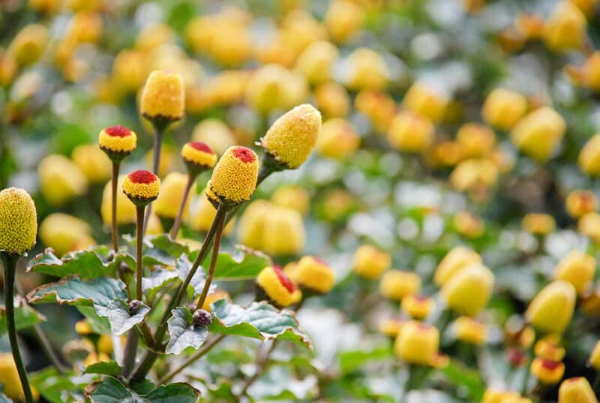
You might know this herb by the name toothache plant, but it has also been studied as an herbal remedy for fungal infections.
Spilanthes has strong anti-microbial and anti-fungal properties, making it an effective choice if you’re battling strong fungi.

6. Oregano Oil
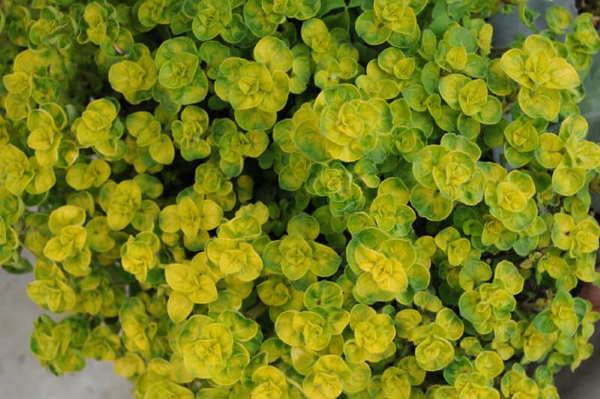
Oregano oil is strong, so be sure to dilute it when using it on your body. It’s considered a “hot” essential oil and has the potential to burn your skin.
Research shows us that oregano oil contains two agents that might be effective against fungus – carvacrol and thymol. They work by reacting with the water in your bloodstream, dehydrating and killing off Candida yeast spores.
Carvacrol, thymol, and eugenol are major terpenoids in oregano oil, and they help kill fungal and planktonic cells. This is especially true for resistant strains that don’t respond to pharmaceutical anti-fungal drugs.
This essential oil has been used to treat different strains of Candida, so it’s a great treatment if you have a yeast skin infection. It also works well for foot infections or toenail infections. You can add a few drops of the oil to a foot bath.
7. Lemongrass
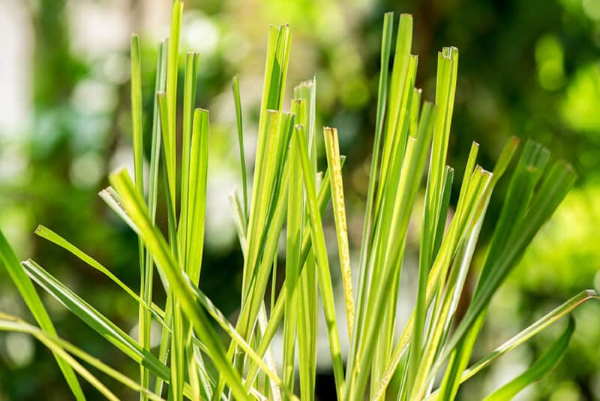
Whether you want to use lemongrass as an herb or as an oil extract, all forms have antifungal properties that can be used to treat fungal skin infections. It’s most popular as a treatment against ringworm.
It’s most commonly used in the oil form, and it needs to be mixed with a carrier oil before applying it to your skin. Apply it to your skin several times per day. Another option is to making lemongrass tea and leave the teabag on the affected area.
8. Powdered Licorice
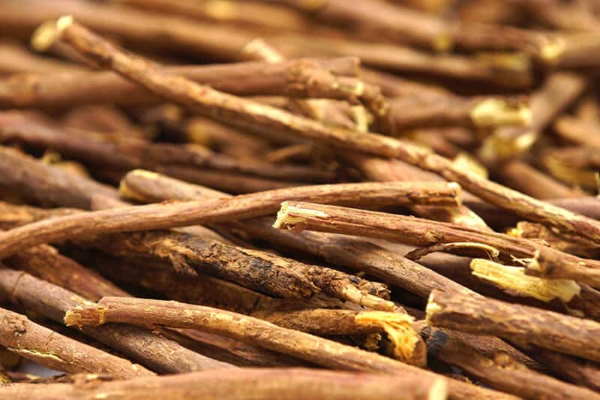
Licorice has strong anti-microbial and anti-fungal properties. Some research suggests that it’s an effective herbal remedy for fungal infections.
If you want to use powdered licorice, mix several teaspoons in a cup of boiling water. Let it simmer after you reduce heat for 10 minutes, stirring to create a paste.
Once it cools down enough for you to touch, put the paste on the affected area twice per day.
9. Echinacea
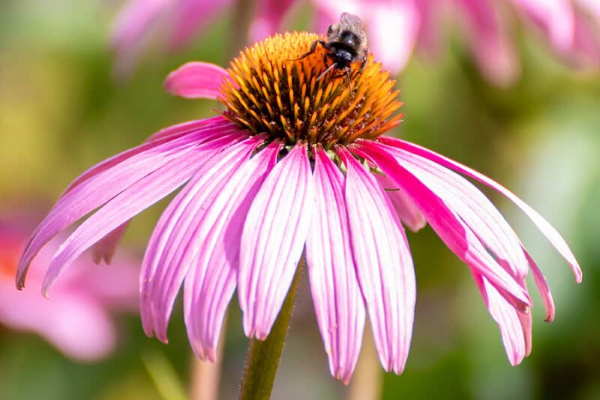
Often called purple coneflower, you might know that you can use echinacea to treat colds and the flu, but did you know it can be used to treat fungal infections?
Echinacea is a potent North American native herbal plant that has anti-fungal benefits. As a treatment for fungi, echinacea is typically combined with other herbs as a treatment against Candida.
10. Chamomile

Whether you want to use it as an essential oil or as an herb, chamomile can be used to treat some fungal infections. It’s not as effective as some of the above choices, but it works well in a pinch.
Aside from using chamomile essential oil on fungi, you also can brew chamomile tea then use the tea bags on the spots. Not only can it kick the fungi, but it soothes your irritated skin as it does so.
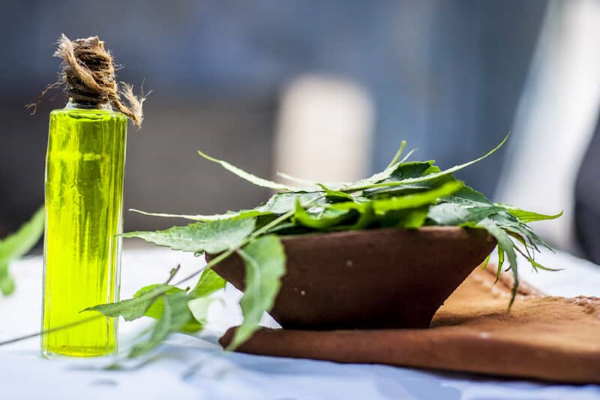
Neem has been used in India as an anti-fungal herbal remedy as well as a natural detoxifier. It’s believed to be able to remove major pathogens from your skin.
You first need to boil the neem leaves in water for several minutes. Then, wash the area infected with the fungus with the neem water. Ensure you don’t boil too long or use the neem leaves right on the infection because it can irritate the skin.

Other Suggestions for Treating Fungal Infections
Dealing with fungi can be difficult; it’s stubborn and wants to stay exactly where it is. Here are a few suggestions to remember while using the above herbal remedies for fungal infections.
- Always wear clean clothes; you don’t want anything that can harbor fungi or bacteria.
- Avoid using harsh detergents on your clothes that could aggravate the problem.
- Breathable cotton is the best clothing material to wear. You don’t want any material that might keep your skin damp or moist.
- Never scratch the affected area because it will make the infection worse. Scratching also increases the risk of it spreading to other areas.
- Keep the area clean; wash the spot two to three times per day.
- Always keep the area dry; moist areas tend to attract yeast faster.
Wrapping It Up
If you’re looking for herbal remedies for fungal infections, you have several options. Whether you have a yeast skin infection or ringworm, any of these options can be used as a fungus treatment. Give it a whirl!
Just note that you should always check with your doctor if you have a fungal infection, and be sure to discuss the use of any of these remedies to be sure that they’ll work for you.

The post 11 Herbal Remedies for Fungal Infections appeared first on Bio Prepper.
By: Bethany Hayes
Title: 11 Herbal Remedies for Fungal Infections
Sourced From: www.bioprepper.com/2022/11/06/11-herbal-remedies-for-fungal-infections/
Published Date: Sun, 06 Nov 2022 07:59:52 +0000
------------------------
Did you miss our previous article...
https://bushcrafttips.com/bushcraft-news/an-overview-of-standyourground-laws-in-america
 What is BushcraftSurvival SkillsToolsVideosBushcraft CampsBushcraft KitsBushcraft ProjectsPrivacy PolicyTerms And Conditions
What is BushcraftSurvival SkillsToolsVideosBushcraft CampsBushcraft KitsBushcraft ProjectsPrivacy PolicyTerms And Conditions
